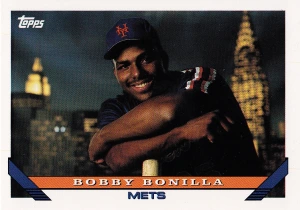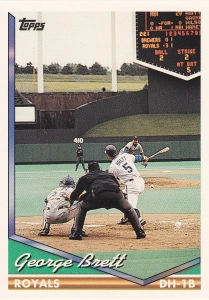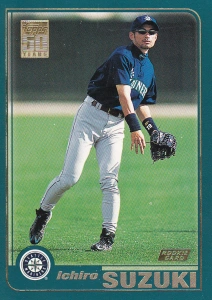As I mentioned in my last post – I unfortunately have a lot of these posts to catch up on. In fact, since I posted a tribute to Tom Seaver, the baseball world lost another 300 game winner. So many Hall of Famers have passed away over the past 1-2 years.
Seaver, who passed away on August 31 of last year, was the first of these. Unfortunately Lou Brock followed him less than a week later.
Like Seaver, Brock was before my time – he was a few years older and actually finished up his career in 1979, which is just before I was born. Rickey Henderson has always been my favorite non-Reds player, and he’s always tied to Brock for the stolen base records he broke.

Louis Clark Brock was born in 1939 in Arkansas but moved to a small town in northern Louisiana shortly thereafter. He grew up poor and black in the South, well before the Civil Rights movement. He didn’t pick up baseball until just before High School, but when he did – he put together a stellar high school career. From there he went to Southern University on an academic scholarship. But he struggled in school, and lost that scholarship. He again turned to baseball to earn a scholarship athletically. He didn’t fare too well his freshman year, but his sophomore season (1959) he broke through, leading Southern to the NAIA championship. It was the first and, to this day, only time a Historically Black University has won a national baseball title. Brock returned for his junior season and Southern made it to the semifinals.

His success earned him tryouts with both Chicago teams, opting to sign with the Cubs that summer. He starred for their minor league affiliate St. Cloud in 1961, earning a quick cup of coffee for them at the end of the season. He made the major league squad the next spring training, batting a solid .263 and stealing a modest 16 bases. Of course, that was the year Maury Wills lit the basepaths on fire, becoming the first player in modern times to steal 100+ bases. This ushered in the most prolific era of stolen bases in the game’s history.
Lou’s hitting was above average and his baserunning was stellar, but as a defensive outfielder he was subpar at best. After a slow start to the 1964 season, the Cubs traded him to the Cardinals in what became one of the most lopsided deals in MLB history. The trade was for Ernie Broglio (along with some other players), who would go on to win only 7 more games in his big league career.
Brock, however, began to thrive in St. Louis. He was given the green light on the basepaths, stealing 33 bases in 100 games. He hit .348 for the Cardinals and helped them leapfrog the Phillies and Reds to win the NL pennant. Against the Yankees, Lou had a solid World Series. He hit .300 and smashed a home run in the deciding game 7 to help St. Louis to its first title in 18 years.
With the green light continuing, Brock stole 63 bases the next year – the first of 12 straight seasons he would steal 50 or more. He notched his first time leading the league the year after that, swiping 74 bags.
The Cardinals made the World Series twice more in Lou’s career – 1967 and 1968. Both series went 7 games. In 1967 they again took home the championship against Boston. Brock hit .414 and stole 7 bases, scoring 8 runs. It was a performance worthy of Series MVP in most years, but his teammate Bob Gibson took that honor home by winning 3 games. The next year the Cardinals lost to the Tigers in one of the greatest Series ever. Brock was even better – matching his series record 7 stolen bases from the previous year. He hit .464 and tied another series record by knocking 13 hits. Both the steals and hits remain records for a single World Series; Brock’s 14 total WS stolen bases remained tied with Eddie Collins for the career record.
From there, Brock continued his base stealing and had a season to remember in 1974. During his age-35 season, he stole an incredible 118 bases – shattering Wills’ record from 12 years earlier. It was an incredible jump, even for Brock – it was 44 bases more than his second highest tally!
The Cardinals never regained their success of the mid-late 60’s, but Brock stayed with the team until 1979. At the age of 40, he collected his 3,000th hit and hung up his cleats after a solid campaign that saw him make the All-Star team and hit .304. He had broken Ty Cobb’s career SB record two seasons earlier.
Rickey Henderson has since broken most of Brock’s stolen base records, and the two always seem indelibly linked. I have baseballs signed by both of them and I made sure to display them side by side in a case that holds two balls. Brock was 81 when he passed away, so he lived a long life, but he always seemed to be in great shape when I saw him at the couple hall of fame ceremonies I went to – so at the same time he still seemed too young. Rest in Peace, Lou!


 Beer: Night Game
Beer: Night Game









